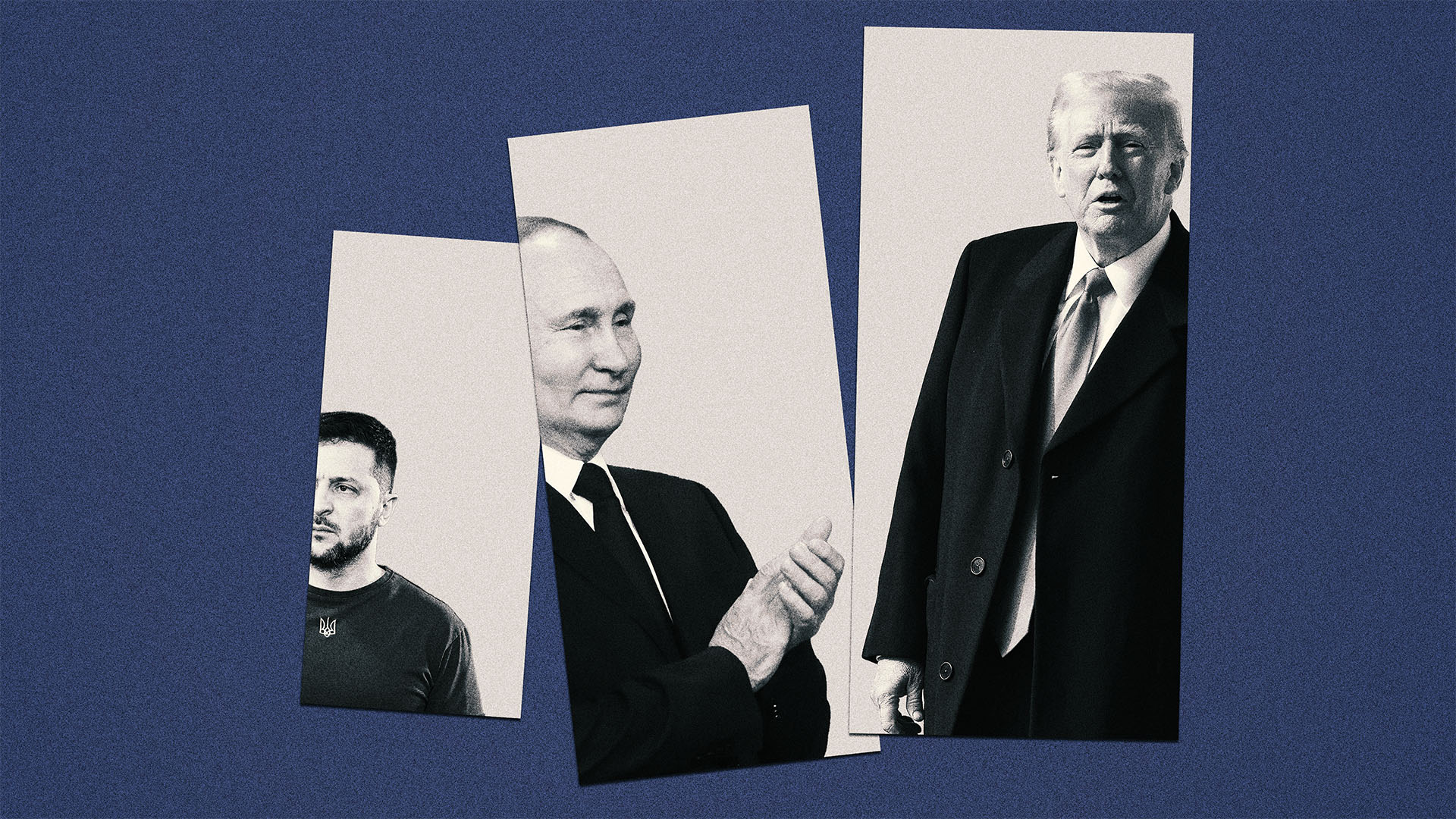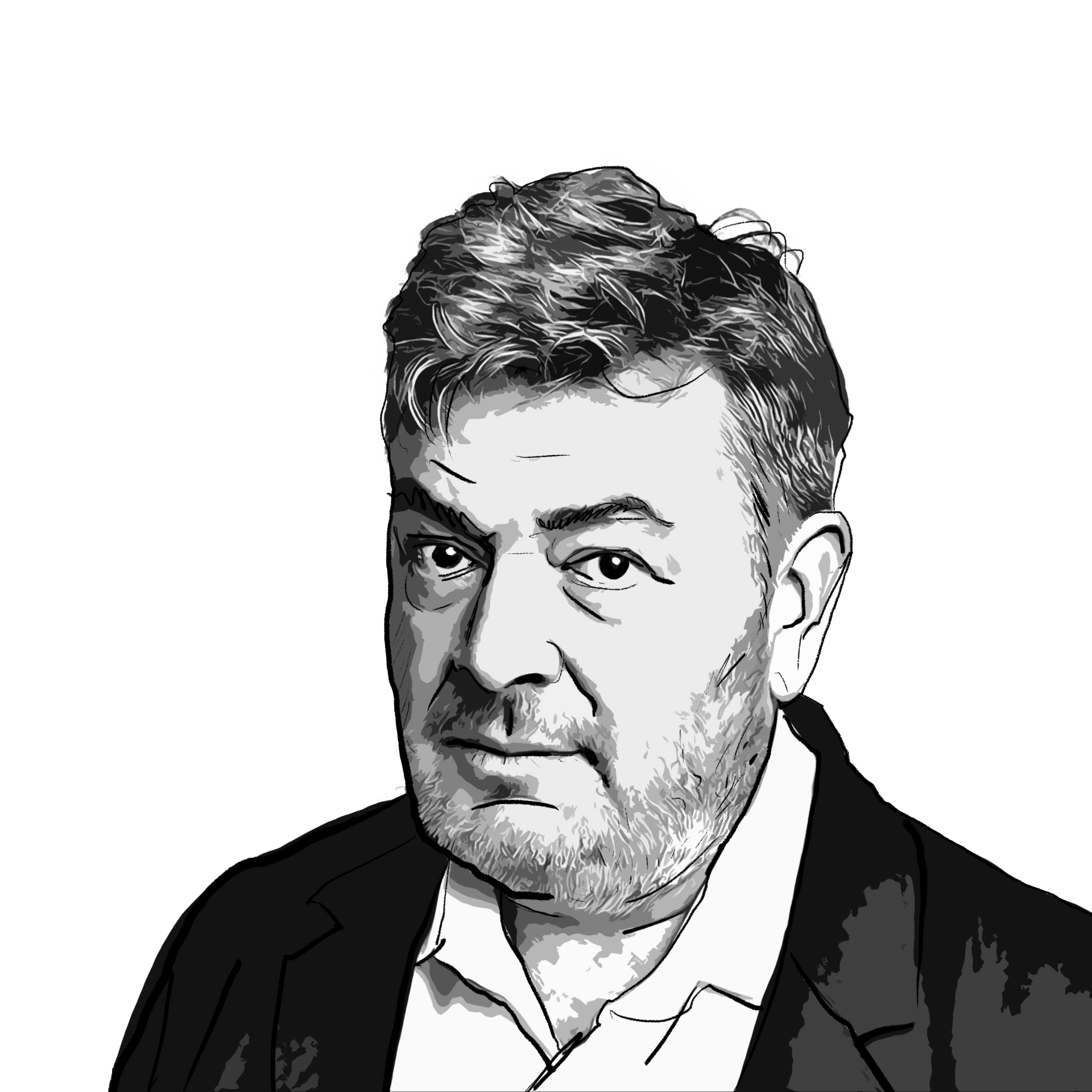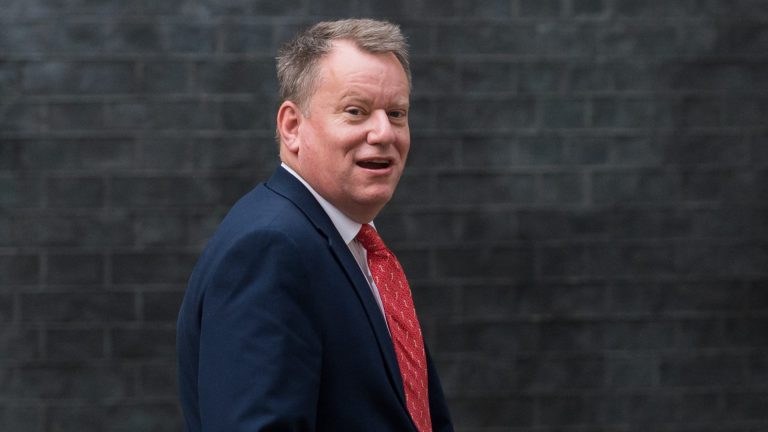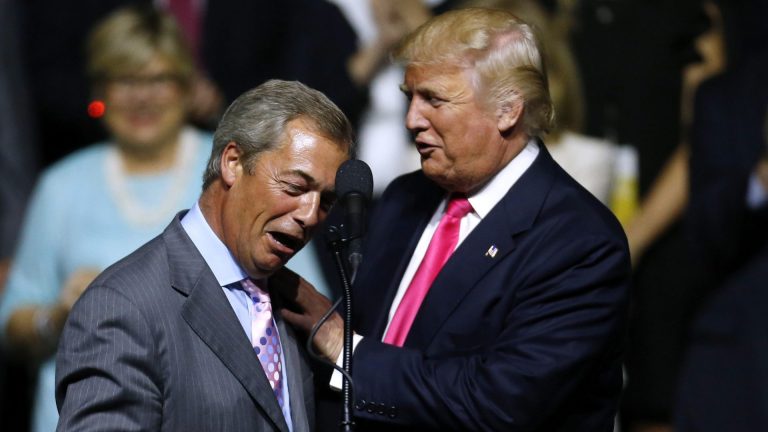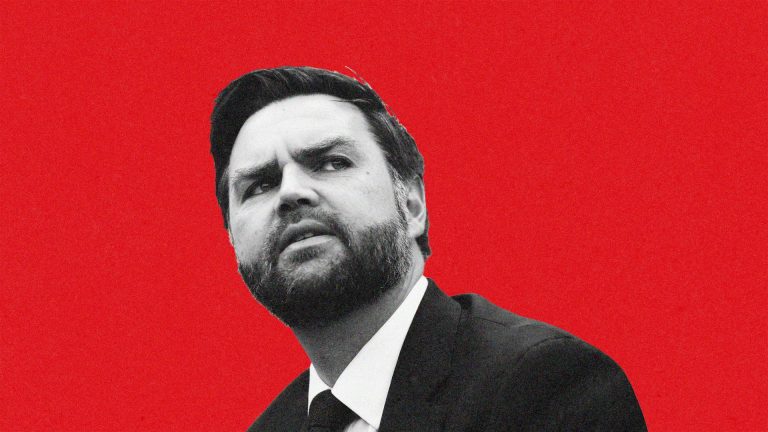The worst fears of all of those invested in a future for Ukraine as a free, democratic nation seem close to realisation in the first month of Donald Trump’s presidency.
Not only is Trump pushing for a peace deal, he seems willing to cut Ukraine out of the talks – negotiating directly with Putin by phone, and offering to meet with him in person – and to set conditions for the deal that seem to only benefit Russia’s dictator.
Though Trump, his vice president JD Vance, and secretary of defense Pete Hegseth have somewhat walked back some of what was originally promised, the administration initially ruled out NATO membership for Ukraine, along with any possibility of US troops being present in Ukraine to enforce a ceasefire.
This appeared to be a staggering blunder for a president whose autobiography was titled The Art Of The Deal. Even if the US had no intention of fast-tracking Kyiv into NATO or sending its soldiers, these would have been useful as negotiating chips in peace talks – the idea being that for each of them the US dropped, Russia would have to concede something in return.
Vance and Hegseth have since unconvincingly declared that nothing is off the table, but Putin is no fool. He knows now that there is very little sincerity or seriousness behind all of the propositions that the US gave away for free. He will offer up almost nothing in exchange as a result.
America has blindsided Ukraine, blindsided its allies, and launched into an accelerated peace talks process that seems set to hand Vladimir Putin a victory.
The question in such situations becomes a simple one: why? The honest answer is that absolutely no-one knows for sure, and anyone who claims otherwise should be treated with distrust.
Whether in Washington DC or Europe, securocrats are struggling to build a coherent rationale for Trump’s actions – but here are some of the explanations they offer to try to make some sense of what is otherwise simply a mess.
The first is an explanation that most reject, even if it is popular online: the most extreme versions of “Russia collusion” don’t really make sense to many. Trump and his supporters like to complain about the media’s “Russia hoax”, but the reality is more complex.
There is no shortage of solid evidence that Russia intervened in the 2016 election – most notably by hacking the Democratic National Committee and Clinton aide John Podesta – to help Donald Trump. It is also a matter of public record that Trump publicly encouraged such hacking efforts, from on stage. But the idea of there being deeper “collusion” between the campaign and the Russian state was largely disproved, even if there were some improper contacts in place.
The Disney movie version of Trump simply being an agent of the Russian state, or deliberately working to advantage it beyond the USA itself, is a conspiracy theory. But ruling that out doesn’t mean that Trump isn’t easily exploited by Russia, or will serve its interests even if not in a nakedly self-serving or corrupt way.
One explanation offered by Trump watchers is to look at what Trump regards as his other foreign policy achievements. Trump is a man who likes his reputation as a dealmaker, and who likes ceremony and occasion around deals. He doesn’t like detail and doesn’t bother to learn any of it – barely wanting a one-page version of world events before weighing in.
As a result, in his first term Donald Trump moved the US embassy in Israel to Jerusalem, essentially for no reason and secured nothing in return. Similarly, he met with Kim Jong-un and gave him a great photo op, but didn’t get anything meaningful in exchange for that either.
Usually these big moments are the culmination of a deal that has been months in the works. Trump likes those ceremonies and the pomp, but doesn’t seem to understand the difference between set pieces that actually mark something, and the cargo-cult version of them he attends.
Through this lens, Trump is looking for accomplishment with little actually driving it. He wants to end the Gaza crisis and free the hostages, but has virtually no interest in doing the hard yards of learning the politics involved. He wants to end the Ukraine war, and doing that rapidly is of much more interest to him than doing it on terms that benefits the US and its allies. He can avoid the complications of this by simply not learning about them.
Then there is the theory that Trump is seeing what he, or the US, might financially gain from peace. He believes that there should be a direct monetary reward if he deigns to help out his allies. Even though Trump is seemingly offering help to Ukraine by suggesting that the US might offer Ukraine air support to enforce a ceasefire, it is only if America can get access to rare-earth metals in return.
And then there is the idea of disengagement, whatever the cost. One of Trump’s most popular policy positions with his voters – and with Americans more broadly – is withdrawing the US from its obligations around the world. Americans are sick of “foreign wars”, feel that they are paying for the security of the rest of the world (and don’t think they see the benefits of that), and absolutely don’t want to see US troops fighting or dying overseas.
Even the experts are just guessing at which of these factors are foremost in Trump’s mind.. It is not clear that even Trump’s cabinet or inner circle knows what the president is actually thinking – Hegseth had to go out and u-turn his own prepared remarks during this week’s summit. If the administration doesn’t know its own policy day-to-day, how could any outsider be sure?
But some combination of these three factors seems the likeliest: Trump doesn’t want the US involved in international conflicts, he wants some big and flashy foreign policy achievements, and he wants financial advantage for the USA.
Trump seems to see an opportunity for all three in ending the conflict caused by Russia’s invasion of Ukraine – and either doesn’t know, or simply doesn’t care, about the potential cost to Ukraine, or the freedom and safety of its people.


